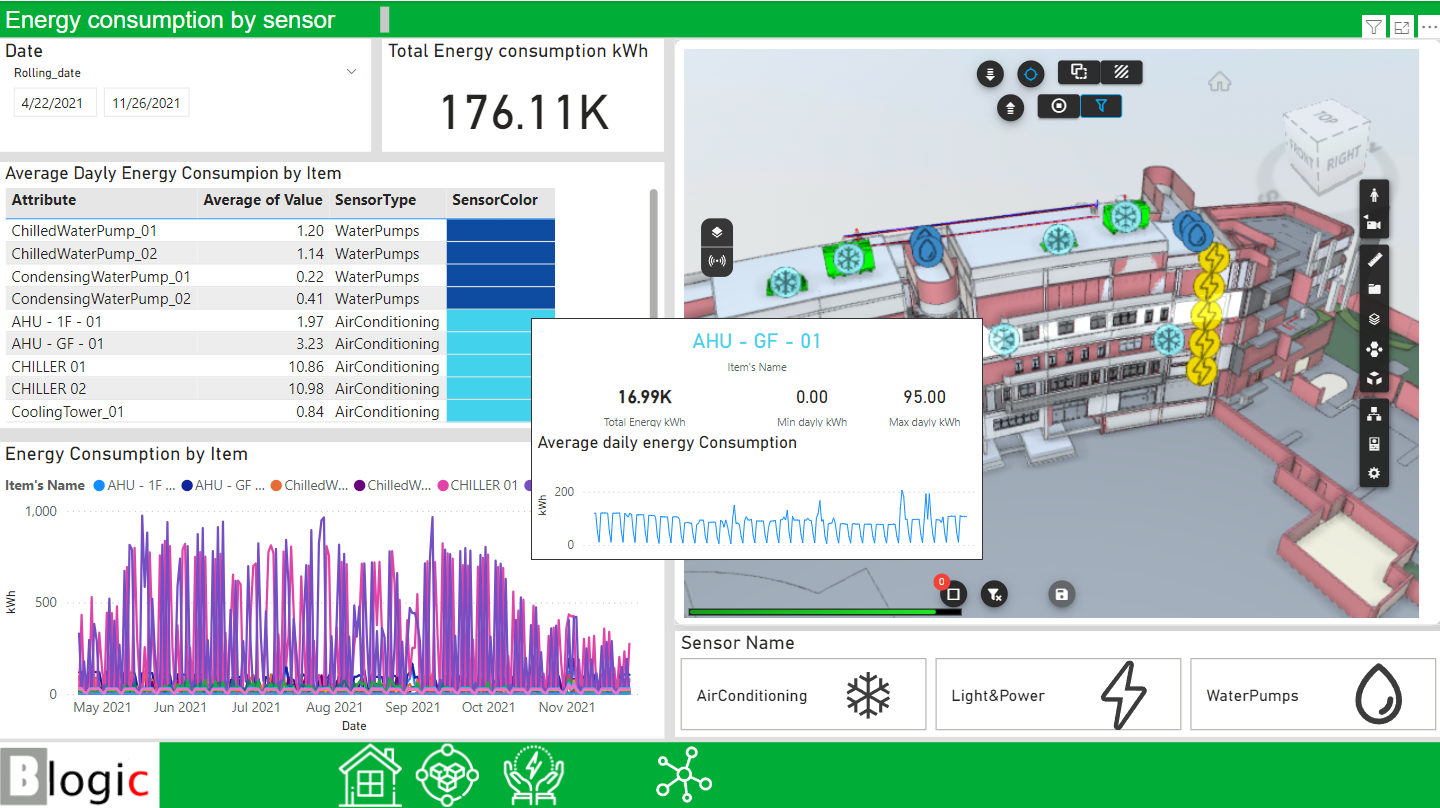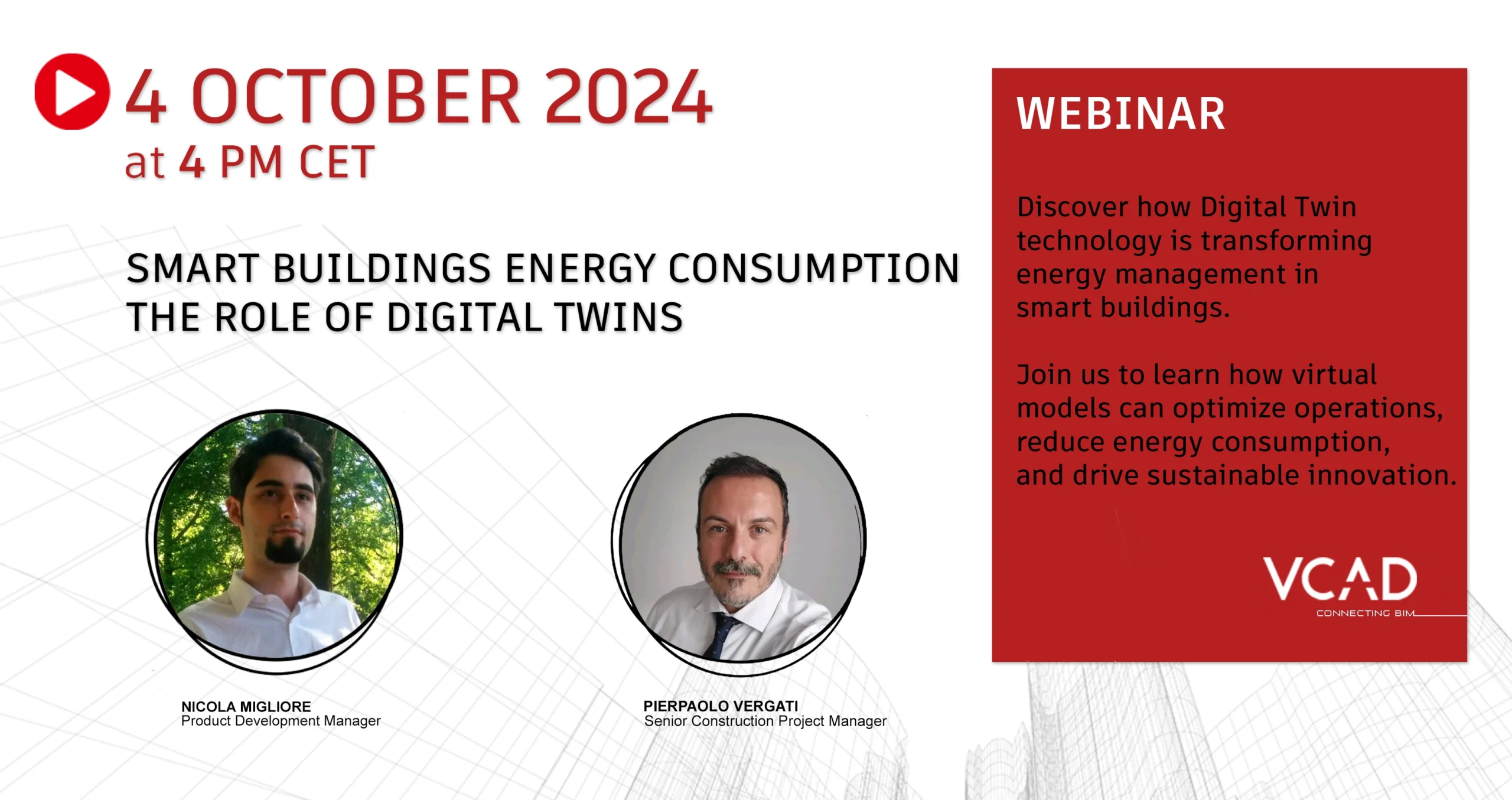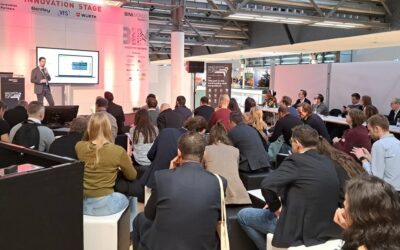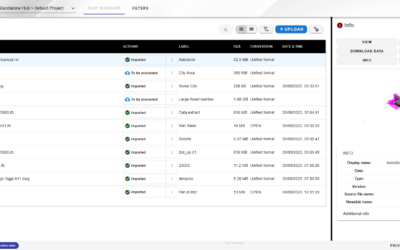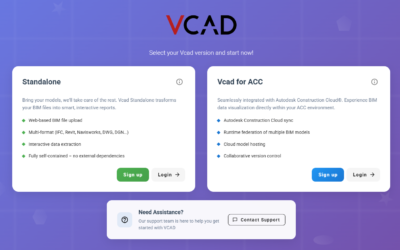In today’s rapidly evolving world, the need for energy-efficient and sustainable building operations is more pressing than ever. Digital Twin technology has emerged as a crucial innovation, offering a powerful approach to managing and optimizing energy consumption in smart buildings. Through the integration of tools like Vcad, Knime, and Power BI, we can now leverage advanced data-driven insights to enhance energy performance and streamline operations.
What is a Digital Twin?
First conceptualized in 2002 by NASA engineer Michael Grieves, the Digital Twin is a digital replica of a physical product or process. Initially applied to manufacturing, this groundbreaking concept has since expanded across numerous industries, including construction, urban management, healthcare, and energy. A Digital Twin allows users to simulate, monitor, and optimize real-world processes in parallel with their physical counterparts. This has proven to be a game changer in the context of energy management, where data and simulations are critical for improving operational efficiency and reducing energy waste.
The modern definition of a Digital Twin goes beyond mere replication—it incorporates cutting-edge technologies like the Internet of Things (IoT), Artificial Intelligence (AI), and Machine Learning (ML). These advancements enable buildings to operate smarter, offering deep insights into energy consumption patterns and allowing proactive, data-driven decisions to be made.
Applications in Smart Buildings
In the architecture, engineering, and construction (AEC) sectors, Digital Twins are used to monitor space utilization, track structural integrity, and most notably, optimize energy management. For instance, Digital Twin technology facilitates the analysis of a building’s energy consumption by collecting data from IoT sensors and integrating it into sophisticated platforms like Vcad, Knime, and Power BI.
- Vcad plays a key role by managing, visualizing, and analyzing data from BIM models. This creates an interactive environment for decision-makers, enabling them to derive actionable insights from the visual integration of BIM data with IoT sensors.
- Knime processes and analyzes IoT sensor data, applying machine learning algorithms to identify patterns and suggest improvements.
- Power BI acts as a central hub for data visualization, providing intuitive dashboards that make complex data accessible and easy to understand.
Together, these tools provide a comprehensive solution for smart energy management in buildings. The combination of IoT data and advanced analytics allows for more informed decision-making, leading to reduced energy consumption, lower operational costs, and an overall more sustainable building management strategy.
Project Objectives
At the core of a Digital Twin-driven project is the creation of a model starting from a BIM file. This model is then enhanced by incorporating data from IoT sensors. The main goal is to develop a robust, data-driven decision-making process to improve the operational management of buildings. By monitoring energy performance, facility managers can anticipate issues before they arise, optimize systems for peak efficiency, and achieve significant energy savings.
